

This is a reason to buy a DS for those who don’t have one. And an excuse to find/dust off/unbox the handheld for hardcore gamers who do.
Above: Time to root around your sock drawer for that DS
Just process that for a second. We all know Nintendo’s little machine is shovelware central just now. But Link’s disarming, consistently clever RPG adventure, which is chock-full of ingenious puzzles and bosses so big they sometimes fill both screens, is honestly good enough to convince you to buy one. No mean feat for a game about a kid who rides trains in green pyjamas for 20 hours.
But before we tell you exactly why this is one of the best DS games of 2009, lets get the plot bit out of the way first. Set a generation after its predecessor Phantom Hourglass, Spirit Tracks sees you explore a completely new world with your favourite elf-esque, tunic-clad hero. Unlike previous games, though, Princess Zelda is no longer the useless damsel in distress.
Y’see, about an hour or so into the game, the usually dainty royal figure becomes somewhat of a badass ghost, after Chancellor Cole, the game’s chief evil-doer, exorcises her soul from her body.
Above: The latest Zelda and the Exorcist are pretty similar, though you definitely murder less priests in the former
The need to kick evil’s ass rises once again, then. And soon after, Zelda’s spirit joins Link’s quest as a handy co-op partner (more on this later). The pair subsequently travel the land to find Zelda’s body, so they can stuff her soul back into her regal corpse. But although the dialogue always charms, the story is just window-dressing in the lengthy puzzle-intensive journey that follows.
What really matters, especially on such an under-powered handheld, is the touchscreen controls. And this is where Spirit Tracks becomes essential, thanks to an intuitive control scheme that uses every one of the DS’ unique features with a real confidence and grace.
Above: Best this bug by blowing rocks into its face with the mic
Simply put, it handles beautifully. Whether it’s a puzzle where you pair off Eskimo-style creatures with the use of notes you draw on your map and view on the top screen or the train sections (where you can pull down an on-screen chain for a thunderous whistle); the controls continually slap a smile on your face.
The best use of the inventive stylus-only controls centre around Spirit Tracks’ gadgets. Like the Gamecube title that so heavily influences its art style, the most important is a musical instrument. Here, it’s the Spirit Pipes, a magical item you control with the stylus and microphone. It works like this. You pull it up to Link’s mouth on the top screen and then blow into the different coloured pipes to compose melodies. These often open doors or reward you with new items and are essential for progression in the game’s puzzle-heavy temples.
Above: Jammin' - Zelda style
What’s amazing is it actually makes you feel like you’re a musician. Alright, you won’t exactly feel like a concert pianist. You can’t escape the fact you’re just someone who looks like a bit of a twat as they blow into a piece of plastic. But the sense of tangible interaction with the console is hugely enjoyable, if a bit fiddly thanks to the overly sensitive mic.


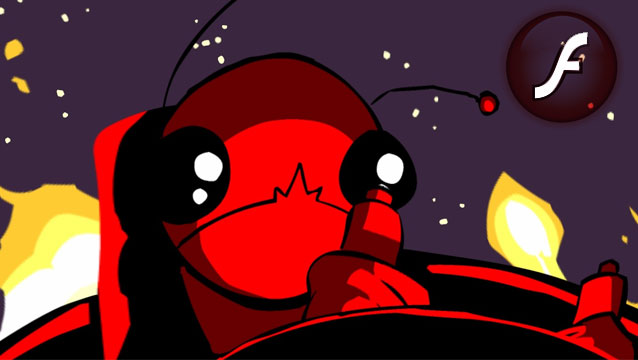

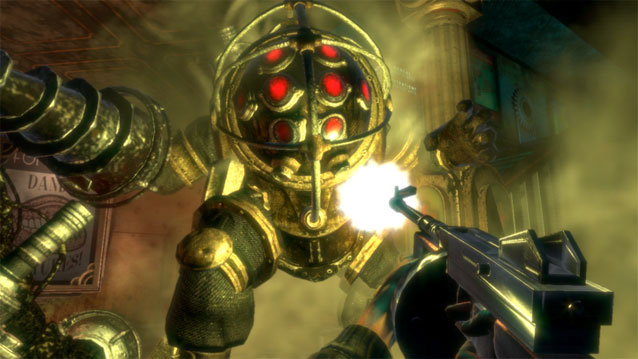 Top 10 FPS | Top 10 FPS Games
Top 10 FPS | Top 10 FPS Games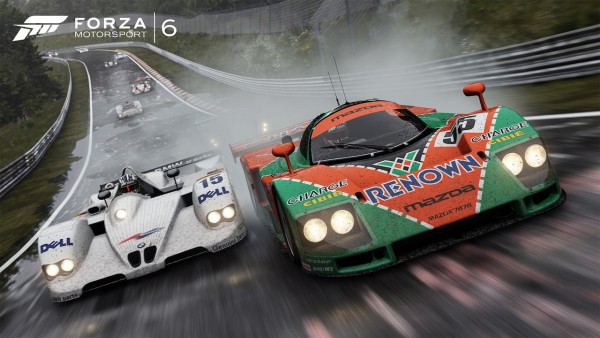 Forza 6: what to expect from Turn 10 Studios new racing game
Forza 6: what to expect from Turn 10 Studios new racing game Cinderella: Look how they created her glass slipper
Cinderella: Look how they created her glass slipper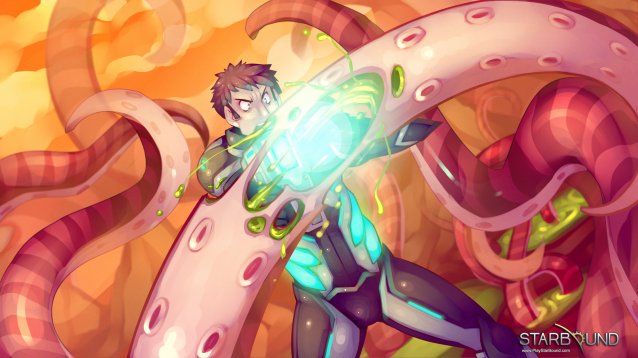 Starbound Interview: On Development, Modding, and Future Plans
Starbound Interview: On Development, Modding, and Future Plans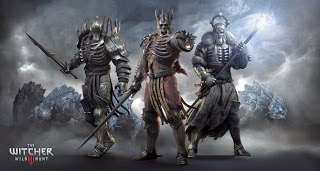 The Witcher 3 Wild Hunt - Alternate Endings
The Witcher 3 Wild Hunt - Alternate Endings